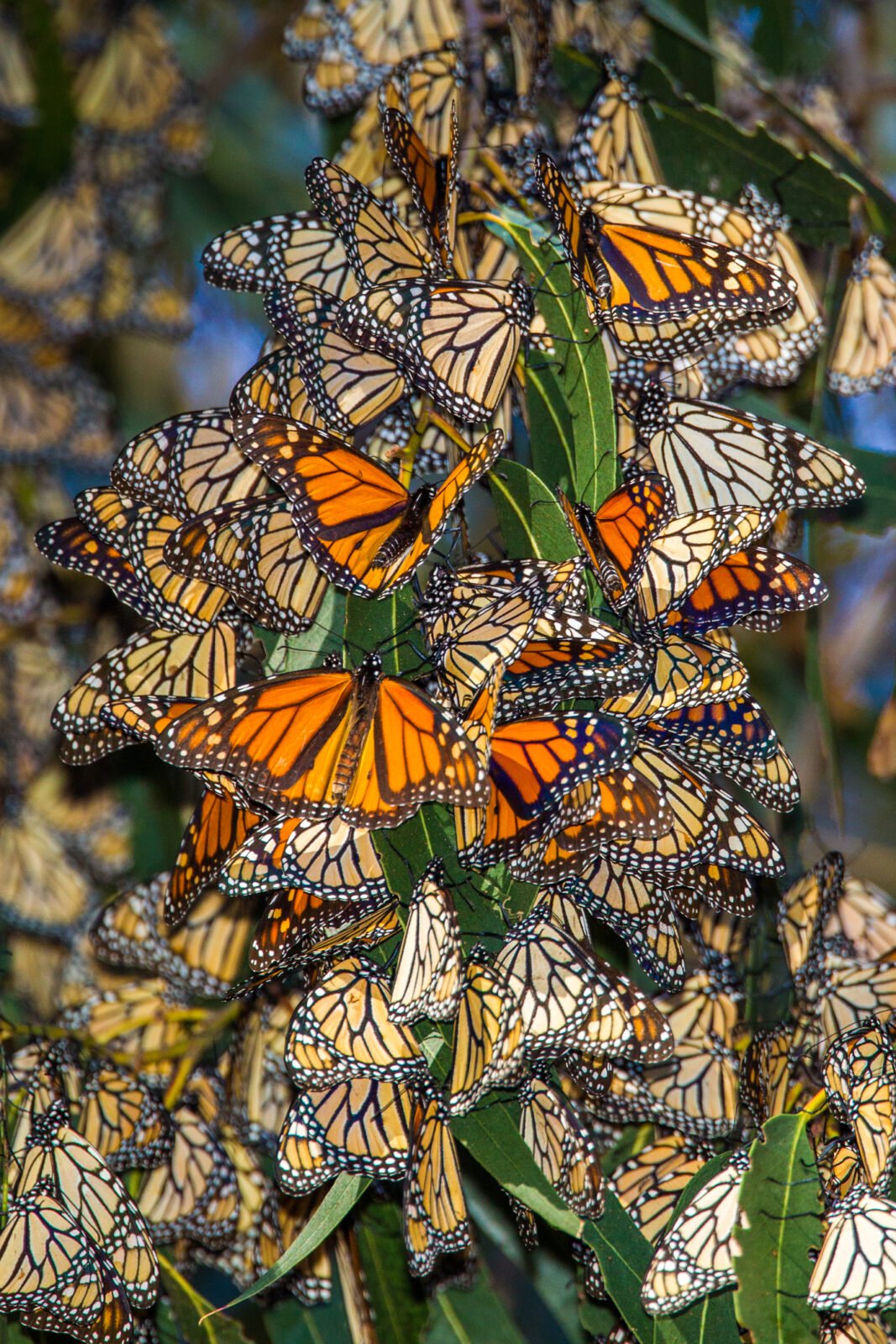
Native News Recap: 2022
Here’s a native news recap looking back at some of the biggest native plant news stories of the...
This blog post will cover how to design and install a Sunny “Habitat Hero Garden” with native plant selections that are proven to attract a variety of insects and animals. Keep an eye out for Part 2 where I describe a Shady “Habitat Hero Garden.” As a garden designer, I am often asked to design pollinator gardens for homeowners who are concerned with establishing native habitats on their properties. The problem is that these properties contain mostly alien, introduced ornamentals. Many of our existing urban and suburban landscapes offer little in the way of appropriate habitat, forage, and housing for the pollinators that we are so anxious to attract. Design choices, plant selection, and maintenance practices can make a huge difference in creating your own backyard ecosystem filled with life.


A pollinator garden can be beautiful as well as useful. Strategies such as planting in groups of at least 3 to 5 perennial plants are very important to attract the greatest number of pollinators. A blooming group of perennials and shrubs acts as a target for many species, and they would use less energy buzzing around a group of plants rather than searching out single specimens.

Mixing shrubs and trees with perennials, annuals, and bulbs creates an all-season show of blooms for foraging bees and other insects for both pollen and nectar. Many of the plants are host plants for butterfly and moth caterpillars, which are the protein-rich food that keeps our songbirds healthy. For example, Arrowwood Viburnum (Viburnum dentatum) is the host plant for the fearsome looking Saddleback Caterpillar (Acharia stimulea) and the Spring Azure (Celastrina ladon). Buttonbush (Cephalanthus occidentalis) is an important adult food source for two sphinx moths, the Titan Sphinx Moth (Aellopos titan) and the Hydrangea Sphinx Moth (Darapsa versicolor). Also, bees produce honey from the nectar and pollen of Buttonbush. To complete this amazing shrub, the fruit is an attractive red ball composed of multiple nutlets which birds consume throughout the winter. Another suggestion is to plant an Oak nearby which, according to Doug Tallamy of ‘Bringing Nature Home’, is a keystone species. This means Oaks are top of the list of providing food and habitat for many species. Trees and shrubs also provide shelter and nesting areas for small mammals and birds.

This sunny planting plan includes an array of plants that span early spring with Red Columbine (Aquilegia canadensis) and Spring Beauty (Claytonia virginica) blooms and ending with the late bloomers of Bluebird Smooth Aster (Aster laevis ‘Bluebird’), Spotted Joe Pye Weed (Eupatorium maculatum), and Anise Hyssop (Agastache foeniculum). Native bulbs and ephemerals (plants that disappear) appear and are gone, and there is space for later blooming perennials to follow to fill that void. For example, I have Virginia Bluebells (Mertensia virginica) which blooms in early to mid-April, and it is followed by Threadleaf Coreopsis (Coreopsis verticillata) which comes up much later. Succession planting keeps plants in bloom all season long.
Taking care of the garden takes just a few steps. Periodically keep it weeded, mulch with leaves or pine needles from trees on your property, and in spring cut back all the dead stalks and leave them next to the plant for additional mulch. Watering is only needed when the plants are new and haven’t sufficiently rooted in, and then you can leave it alone.
For dimensions on both the shady garden and the sun garden, figure on a garden of at least 60’ x 40’. That is good size to have a sitting area and a diverse selection of shrubs, small trees, and perennials. This plan can also be sized down for smaller gardens by reducing the number of each species planted. Amend area with compost before planting, and make sure it is placed in full or partial sun (at least 6 hours daily). Less sun means less flowering.
Shrubs |
Perennials | |||
 | Arrowwood Viburnum Viburnum dentatum |  | Anise hyssop Agastache foeniculum | |
 | Beautyberry Callicarpa americana |  | Beardtongue Penstemon digitalis | |
 | Buttonbush Cephalanthus occidentalis |  | Blazing Star Liatris Spicata | |
 | Highbush Blueberry Vaccinium corymbosum |  | Blue False Indigo Baptisia australis | |
 | Oakleaf Hydrangea Hydrangea quercifolia |  | Smooth Aster ‘Bluebird’ Aster laevis ‘Bluebird’ | |
 | Serviceberry Amelanchier canadensis |  | Butterfly Weed Asclepias tuberosa | |
 | Sweet Pepperbush Clethra alnifolia |  | Cardinal Flower Lobelia cardinalis | |
 | Coral Bells Heuchera americana | |||
 | Eastern Blue Star Amsonia tabernaemontana | |||
 | Moss Phlox Phlox subulata | |||
 | Orange Coneflower Rudbeckia fulgida | |||
 | Ox Eye Sunflower Heliopsis helianthoides | |||
 | Purple Coneflower Echinacea purpurea | |||
 | Red Columbine Aquilegia canadensis | |||
 | Scarlet Beebalm Monarda didyma | |||
 | Spotted Joe Pye Weed Eupatorium maculatum | |||
 | Spring Beauty Claytonia virginica | |||
 | Threadleaf Coreopsis Coreopsis verticillata | |||
 | Virginia Bluebells Mertensia virginica | |||
 | Wild Pink Silene caroliniana |

Claire is a horticulturalist and landscape design consultant. Owner of Claire Jones Landscapes, LLC, Claire’s designed gardens have been featured in print publications like WSJ and Style Magazine. A garden writer at The Garden Diaries, Claire maintains 3 honeybee hives and gardens at her home in Maryland.

Here’s a native news recap looking back at some of the biggest native plant news stories of the...

In the past we have emphasized the importance of keystone species in supporting bird populations,...
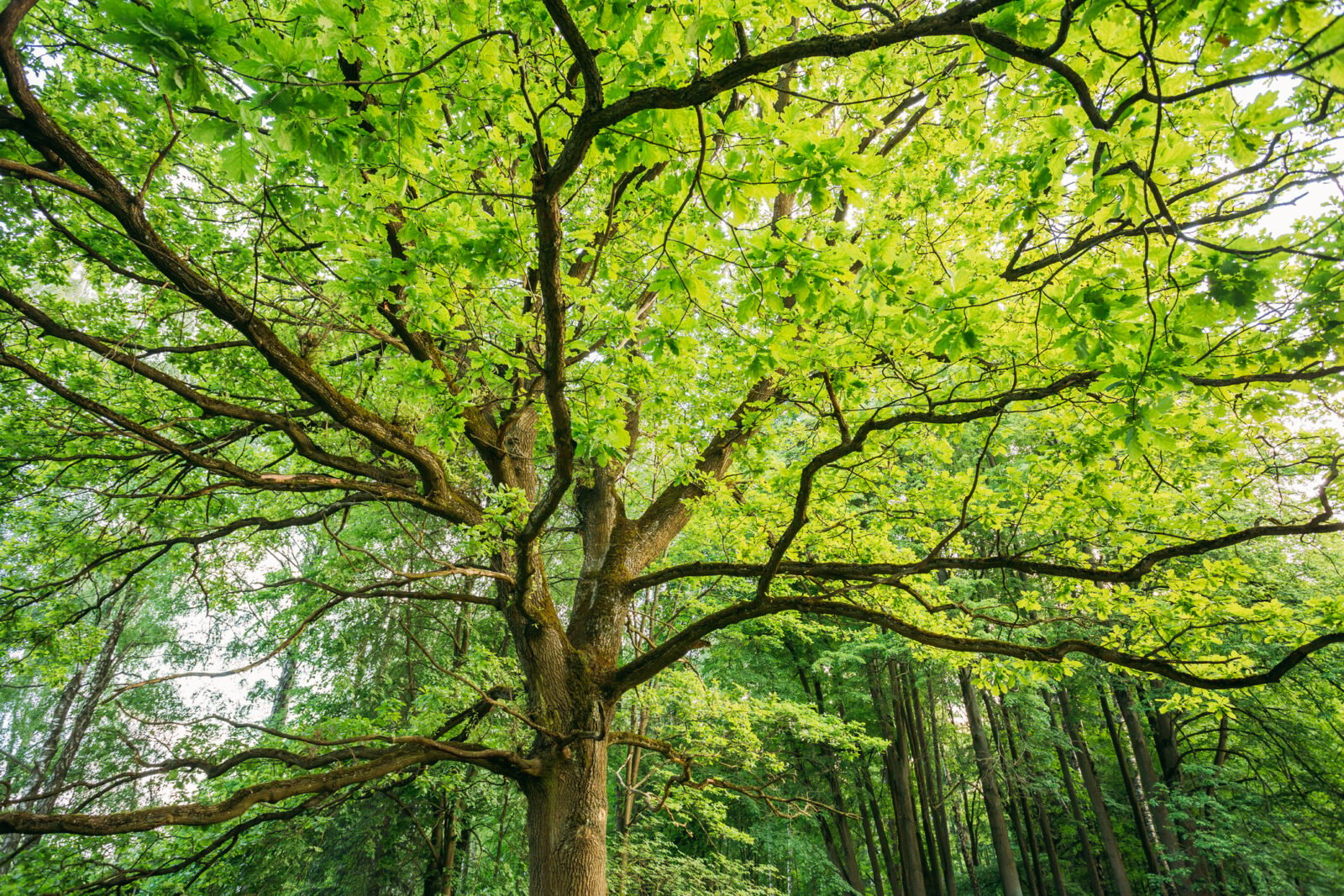
Perennials are the stars of most gardens, and no wonder! They provide a variety of shapes and col...
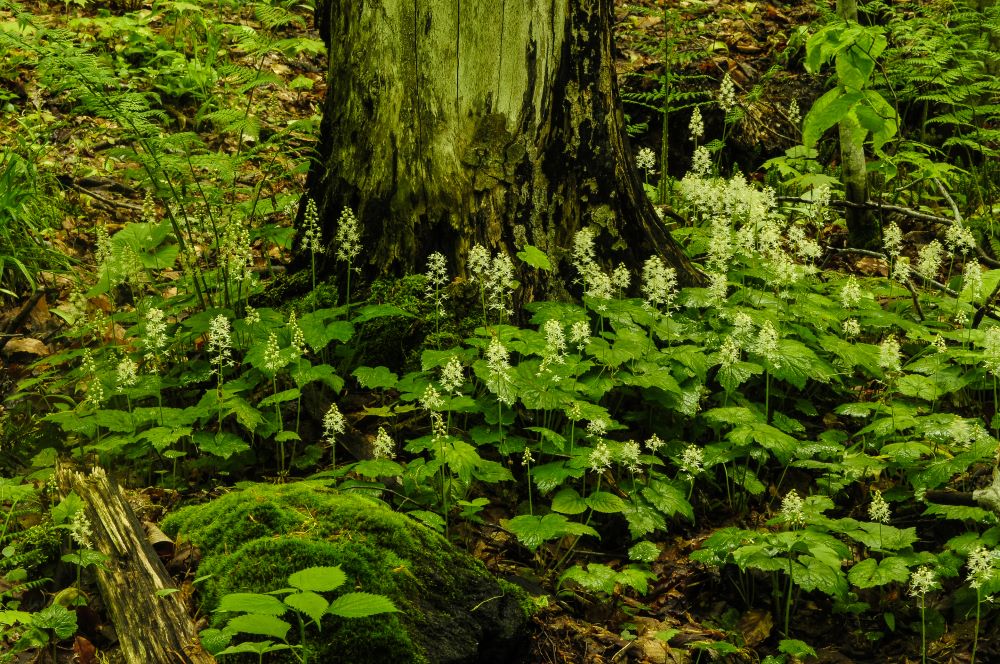
These native ground covers for shade make a perfect living mulch by holding in moisture, keeping ...
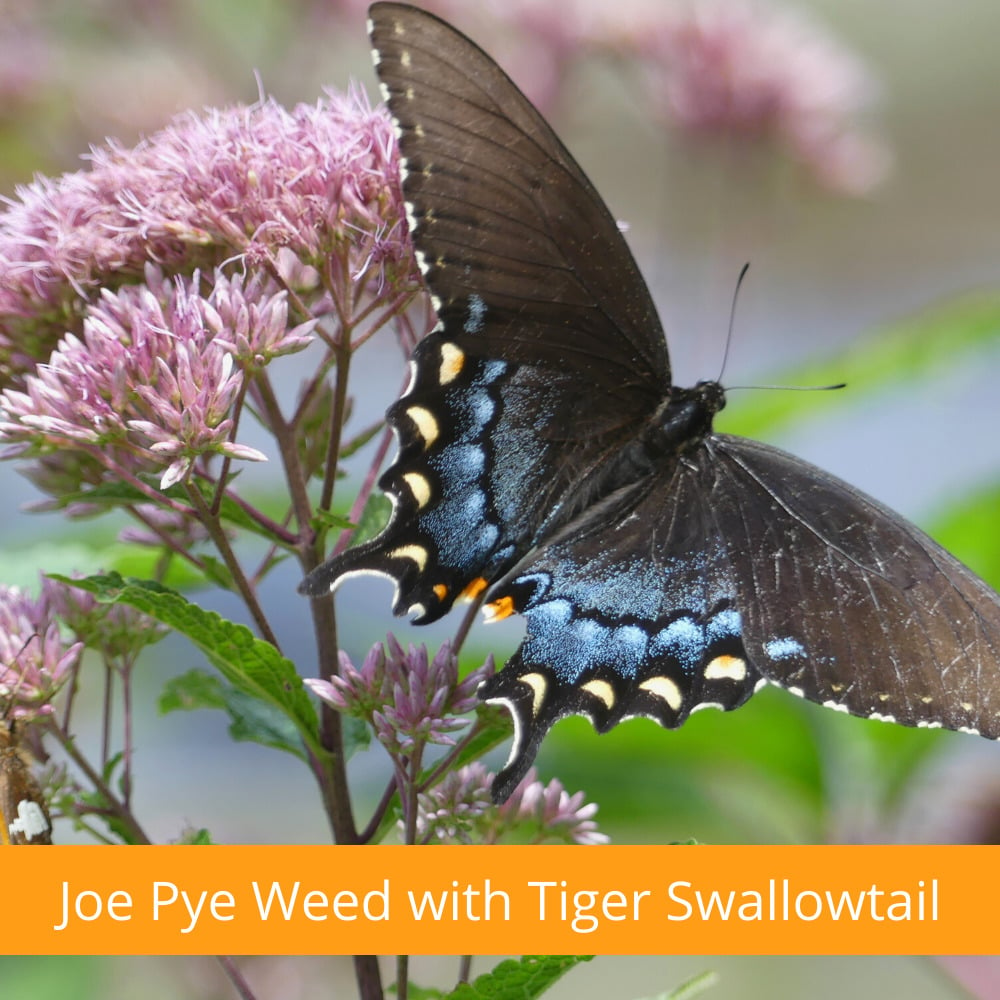
Gardening is ‘In’! Over the past two years gardening has suddenly become very popular with pe...
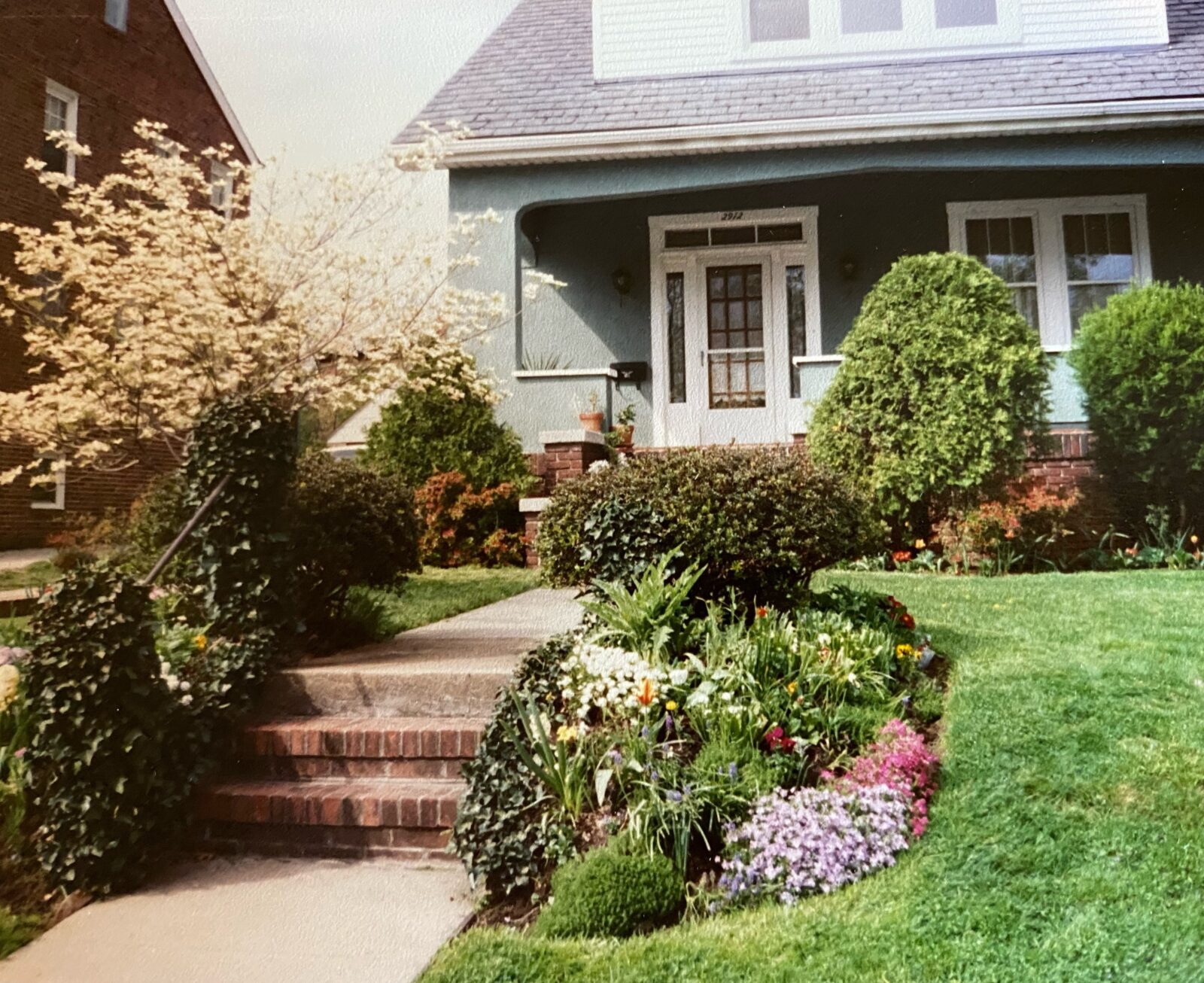
Mothers give us so much, but sometimes it takes a while for us to appreciate the gifts that we ca...
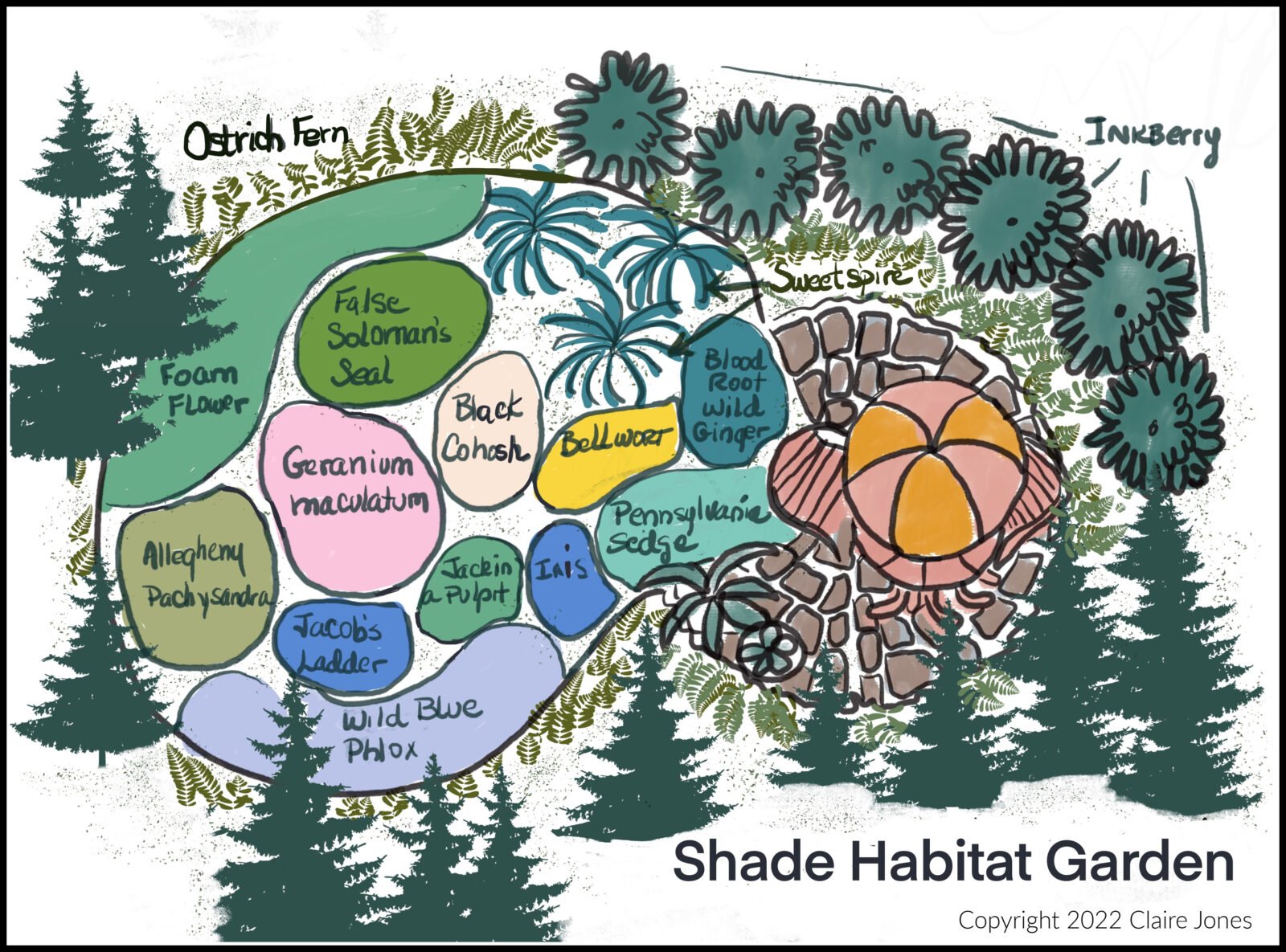
This is the second part of my Habitat Heroes Design series. The first part was a sunny garden of ...
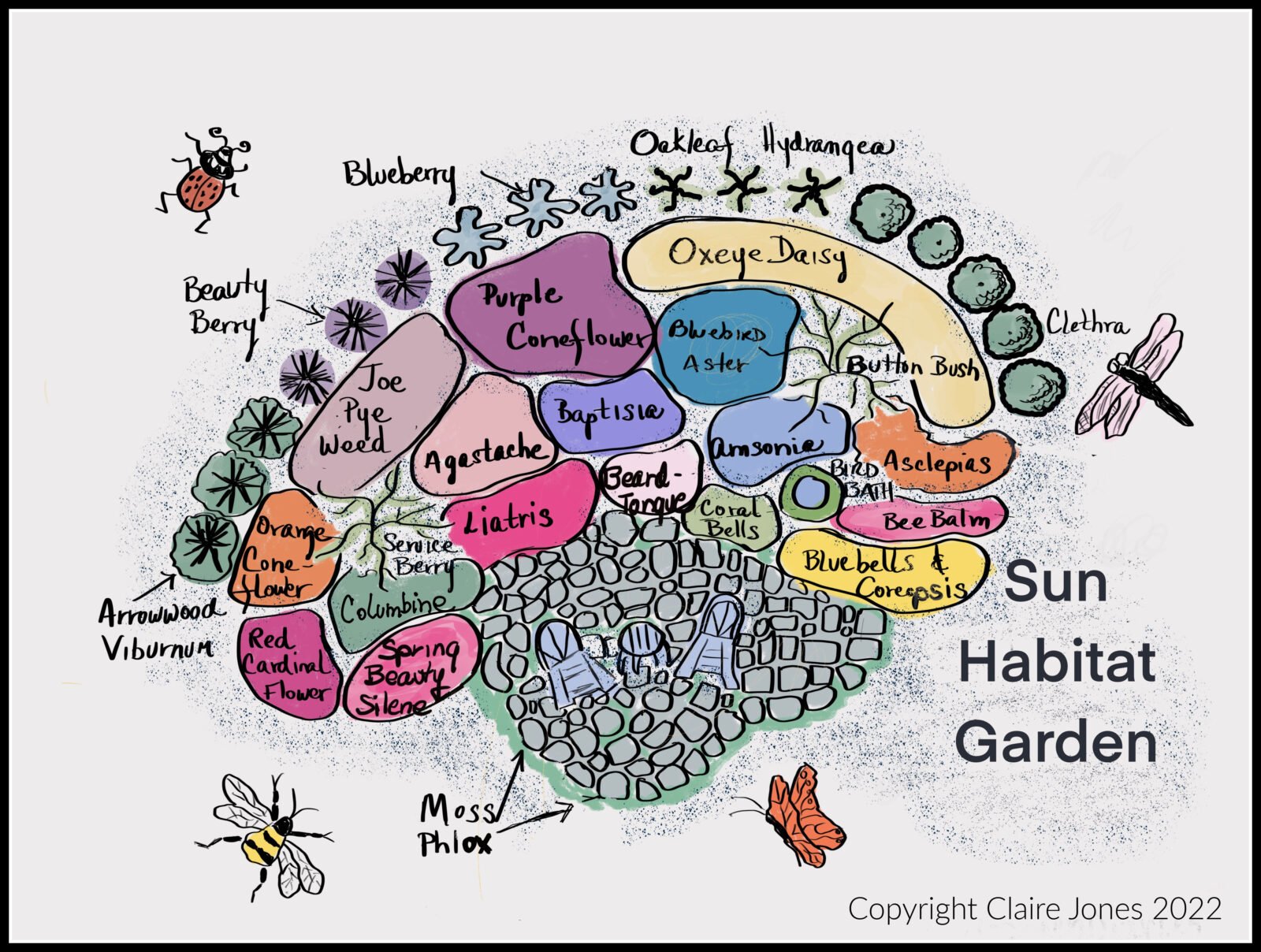
This blog post will cover how to design and install a Sunny “Habitat Hero Garden” with native...
Now Shipping for Spring 2024!